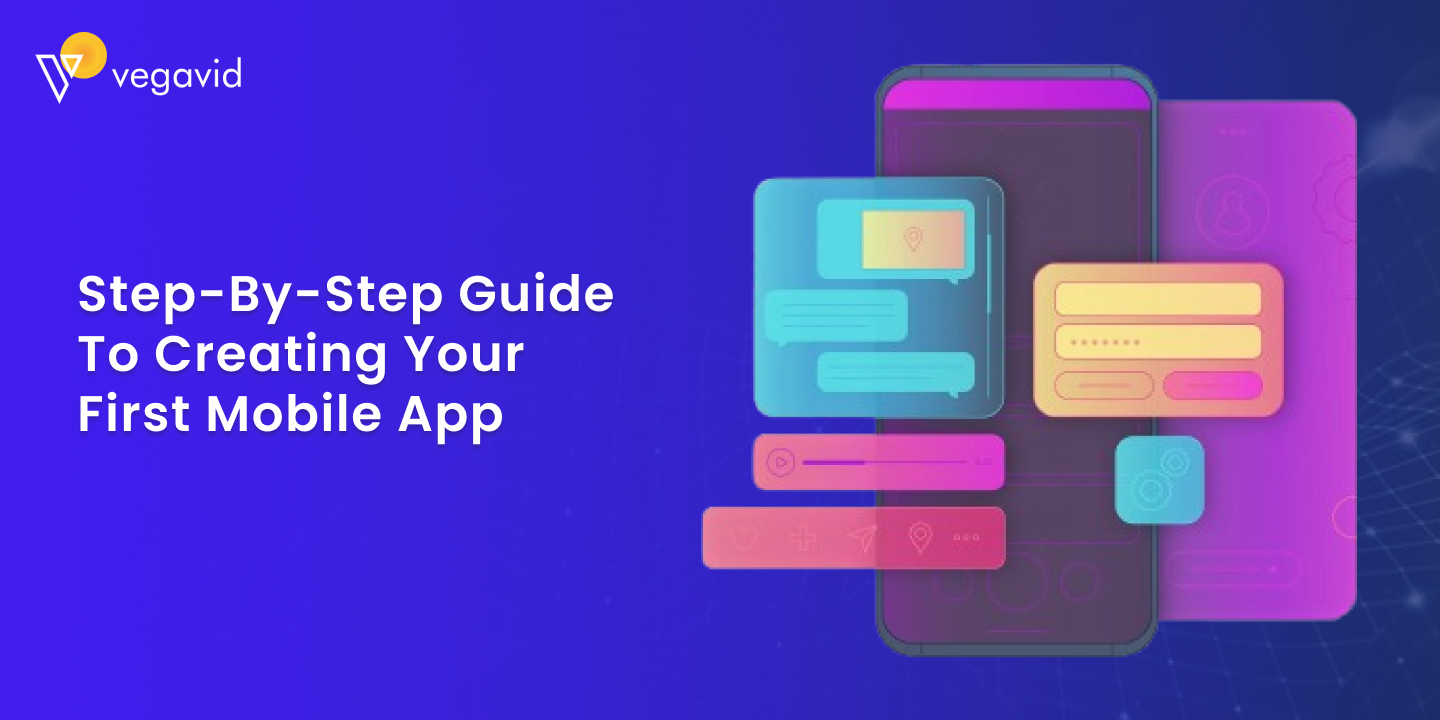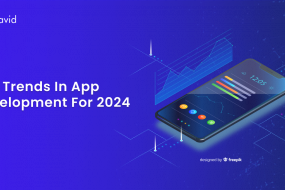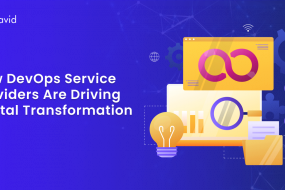
Creating a mobile app might seem like a daunting task, but it doesn’t have to be. In this blog, we’ll walk you through a step-by-step guide on how to create an app from scratch. By the end, you will understand the entire process, from brainstorming ideas to hiring the right professionals.
Build your first mobile app guide
Whether you’re a business owner, a student, or a tech enthusiast, this guide will equip you with the knowledge you need to successfully launch your first mobile application.
1. Define Your App Idea
Before diving into the technical aspects, start with a clear idea. What problem does your app solve? Who is your target audience? Spend time brainstorming and jotting down your thoughts. Consider these questions:
- What features will your app include?
- How will users benefit from it?
- What makes your app unique?
Once you define your app’s core purpose and features, create a brief description. This clarity will guide your development process and keep you focused.
2. Research the Market
Understanding the competitive landscape is crucial. Conduct market research to identify similar apps. Analyze their strengths and weaknesses. Look for gaps in the market where your app can shine. Use tools like Google Trends, App Store rankings, and user reviews to gather insights.
- How to develop an app that stands out? Focus on unique features and user experience.
- Identify your competition’s pricing strategies, marketing tactics, and user engagement methods.
3. Create a Wireframe
A wireframe serves as a blueprint for your app. It helps you visualize the layout and flow of your app. Use simple tools like Balsamiq or Sketch to create a basic design.
- Outline the main screens, user navigation paths, and interactions.
- A clear wireframe keeps your development process organized and efficient.
4. Choose Your Development Method
You can approach app development in several ways:
Native Apps
Native apps are built for specific platforms, like iOS or Android. They offer superior performance and user experience but require separate coding for each platform.
Hybrid Apps
Hybrid apps combine elements of both native and web apps. They run on multiple platforms using a single codebase, which saves time and resources.
Web Apps
Web apps are mobile-optimized websites. They don’t require installation and run in a browser, making them accessible to anyone with internet access.
Consider your budget, timeline, and target audience when choosing the development method. This decision significantly impacts your app’s functionality and user experience.
5. Design the User Interface (UI)
An attractive UI enhances user engagement. Focus on the following elements:
- Color scheme: Choose colors that reflect your brand and appeal to your target audience.
- Typography: Select readable fonts that enhance usability.
- Buttons and icons: Use familiar symbols for easy navigation.
Create high-fidelity prototypes to visualize your app’s look and feel. Gather feedback from potential users to refine your design.
6. Develop Your App
Now comes the exciting part—development. Depending on your chosen method, you can either code the app yourself or hire professionals.
How to Hire Mobile App Developers
If coding isn’t your forte, consider hiring mobile app developers. Follow these steps:
- Define your requirements: Be clear about your project scope, timeline, and budget.
- Look for experienced developers: Check their portfolios and past projects.
- Interview candidates: Assess their skills, communication style, and understanding of your project.
- Ask for references: Reach out to previous clients to gauge satisfaction.
7. Test Your App
Testing is crucial for ensuring your app functions properly. Conduct various tests:
- Functional testing: Verify that all features work as intended.
- Usability testing: Ensure the app is user-friendly and intuitive.
- Performance testing: Assess the app’s speed, responsiveness, and stability.
- Security testing: Identify vulnerabilities to protect user data.
Involve real users in the testing phase to gather feedback. This information will help you identify areas for improvement before launching.
8. Launch Your App
Once testing is complete and you have made the necessary adjustments, it’s time to launch your app. Follow these steps:
- Prepare for launch: Create marketing materials, including a press release and promotional graphics.
- Submit to app stores: Follow guidelines for both the Apple App Store and Google Play Store. Ensure your app meets all requirements to avoid rejection.
- Set a launch date: Choose a date that allows you to build anticipation and plan marketing activities.
9. Market Your App
Launching your app is just the beginning. To attract users, you need a solid marketing strategy. Here are some effective strategies:
- Social Media Marketing: Leverage platforms like Facebook, Instagram, and Twitter to promote your app. Share engaging content that highlights your app’s features.
- Content Marketing: Create blogs, articles, and videos to educate potential users about your app. Focus on SEO to enhance visibility.
- Email Marketing: Build an email list to communicate with interested users. Provide updates, tips, and exclusive offers.
- Influencer Marketing: Collaborate with influencers in your niche to reach a broader audience.
Monitor your marketing efforts to understand what works best for your audience. Adjust your strategies based on user feedback and engagement.
10. Gather Feedback and Update
After your app is live, actively seek user feedback. Encourage users to leave reviews and suggestions. Analyze this feedback to identify areas for improvement.
Regular updates keep your app fresh and relevant. Fix bugs, add new features, and enhance performance based on user input. This commitment to improvement fosters user loyalty.
Conclusion
Creating your first mobile app can be a rewarding experience. By following this step-by-step guide on how to create an app, you can turn your idea into reality. Whether you choose to develop the app yourself or how to hire mobile app developers, remember to stay focused on your users’ needs.
At Vegavid Technology, we understand the challenges of mobile app development. Our expert team is here to help you through the entire process, ensuring your app stands out in a crowded market. Reach out today to start your journey!











